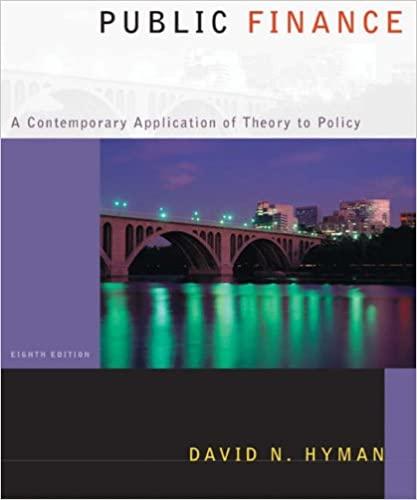Question
1.) Starting from their historical financial statements, forecast the expected future cash flows for a real firm in two stages correspond to two time periods.
1.) Starting from their historical financial statements, forecast the expected future cash flows for a real firm in two stages correspond to two time periods. Stage one is a finite horizon from years 1 to 5. Stage two is the remaining infinite horizon from year 6 to infinity. Given these forecasted cash flows, compute the current value of the firm and the value added by the firm using five equivalent methods: (1) Adjusted Present Value, (2) Free Cash Flow to Equity, (3) Free Cash Flow to the Firm, (4) Dividend Discount Model, and (5) Residual Income. Given expected future cash flows for a project, compute the present value of future cash flows and the NPV of the project using the same five equivalent methods.
2.) perform instant experiments on whether changing various inputs causes an increase or decrease in the firm's value/ share and by how much.
a.) What happens when the date 0 firm capital is increased?
b.) What happens when the tax rate is increased?
c.) What happens when the unlevered cost of equity capital is increased?
d.) What happens when the riskfree rate is increased?
e.) What happens when the infinite horizon growth rate of unlevered equity is increased?
Step by Step Solution
There are 3 Steps involved in it
Step: 1

Get Instant Access to Expert-Tailored Solutions
See step-by-step solutions with expert insights and AI powered tools for academic success
Step: 2

Step: 3

Ace Your Homework with AI
Get the answers you need in no time with our AI-driven, step-by-step assistance
Get Started


